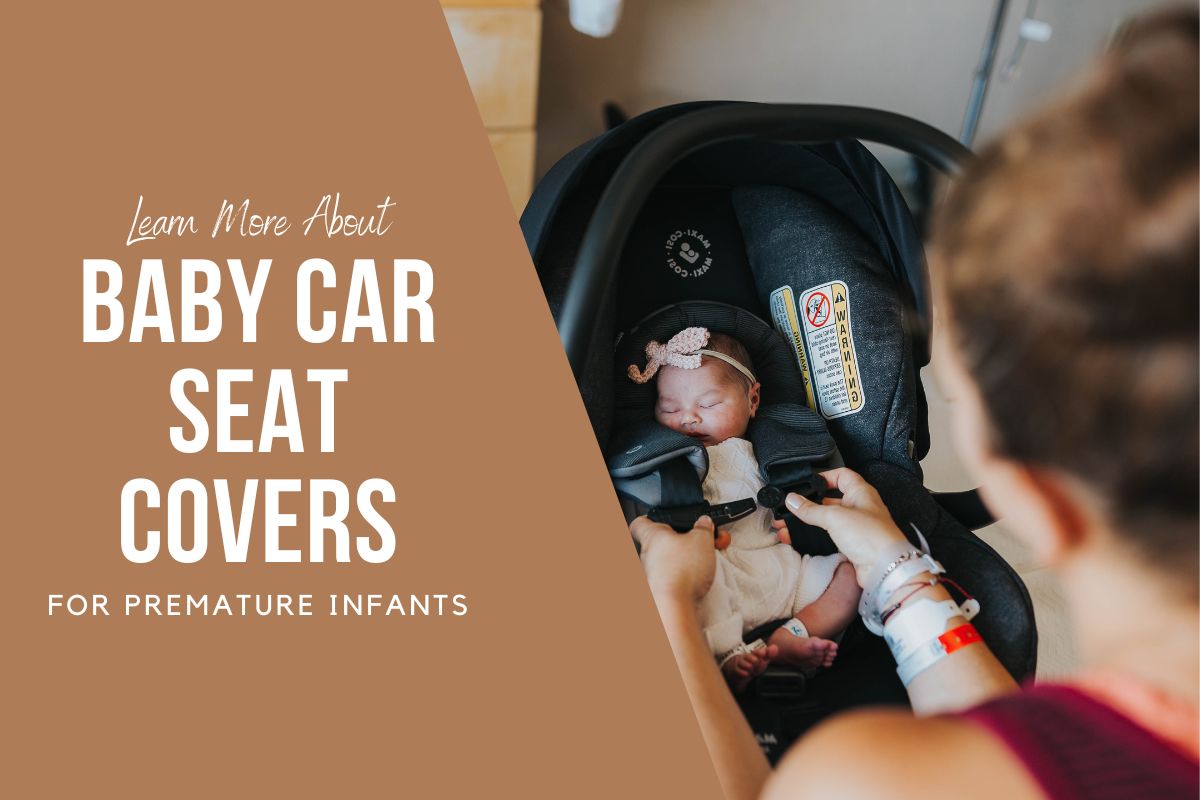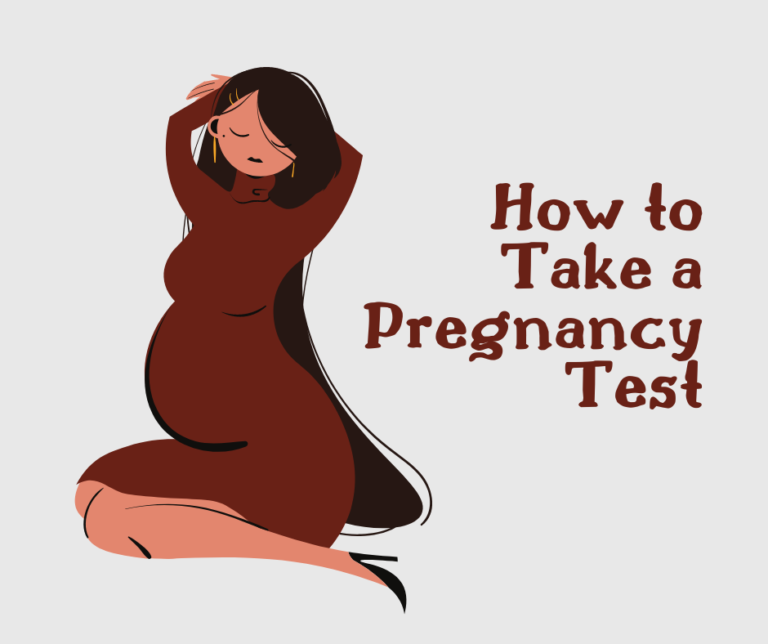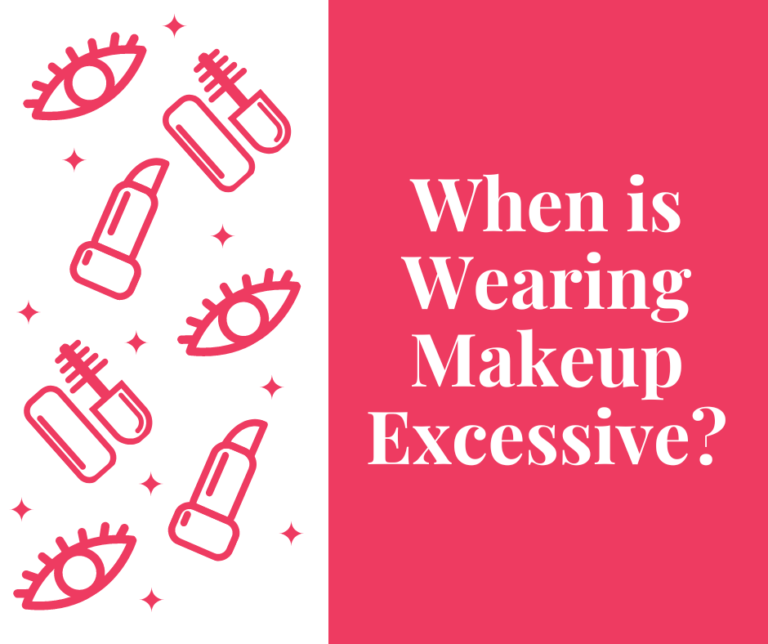Car seat safety is essential for all children, but especially for premature infants. As soon as you place them on baby car seat covers, you realize how small they are and how they can hardly fit into a car seat. Also, many premature babies have respiratory issues that make it challenging for them to breathe properly while sitting in a car seat. Fortunately, you can help keep your preemie safe and sound in the car by going for the right car seat and baby car seat covers that fit your baby correctly.
What Are The Best Car Seats For Preemies?
Parents, especially moms, purchasing the appropriate car seat is one of the most critical steps to make sure car seat safety for your premature baby. Many preemies travel hoe below the lower weight limit for many car seats. So, you will have to select a car seat with baby car seat covers that will properly fit a smaller than average baby.
There are two kinds of car seats that you can choose from:
A convertible car seat.
This choice can be used rear-facing for infants and older babies, then front-facing for toddlers. Convertible car seats don’t have handles, so you can’t use them as infant carriers. However, they can be used through infancy and toddlerhood, which can save you a few coins.
An infant carrier.
You can only use these car seats for infants. Infant carriers have a handle and are equipped with a base that is secured into the car. This means that the seat can be easily taken off to carry the baby.
No matter what car seat you opt for, choose a car seat that will fit a very small infant. Every car seat has shoulder straps that can be adjusted depending on the baby’s size. Keep your eyes open for one with the lowest setting, which is eight inches from the seat or lower.
Also, you’ll want to find a car seat with a crotch strap or buckle position that can be adjusted to be tighter and fit a smaller baby.
Last but not least, ensure you look out for the seat’s weight limit. Many car seats will fit babies as small as four pounds.
How To Place Your Baby
Getting the right car seat is just the first step in car seat safety for preemies. Also, it is essential to place your premature infant in the car seat correctly.
If your baby is born premature or small, you may want to book an appointment with an occupational or physical therapist. These are people who are trained to teach you how to position your baby in a car seat safely.
Here are some rules of conduct a physical or occupational therapist will demonstrate to you when placing your preemie in a car seat:
Fit
If your baby does not fit stably in the car seat with the straps at their smallest settings, your physical therapist may teach you how to use blanket rolls and a washcloth to improve the fit. Nevertheless, only use blanket rolls if your nurse or occupational/physical therapist tells you to do so and teaches you how.
Positioning aids
Some car seats are equipped with positioning aids that provide additional padding to help keep newborn babies upright in the car seat. Positioning aids are alright if they come with the car seat, but do not use positioning aids that were purchased separately since they have not been tested with the car seat for safety.
Strap/harness tightness
Shoulder and crotch straps can be readjusted to their smallest positions. When the baby is in the car seat, you will know the straps are good if you can’t pinch the strap fabric together. Make sure the chest clip is at mid-chest level, which is about the level of the armpit.
Placing The Baby In The Car
You should know that the safest place for any baby in a car is in the middle of the back seat. You should have an adult sit in the back seat with the infant whenever you can. Never place a rear-facing car seat in the front seat of a car with front airbags. Keep in mind that critical injury or even death can happen if the airbags deploy.
Rear-Facing Car Seats
The American Academy of Pediatrics (AAP) advises that infants ride in rear-facing car seats for at least two years or until the baby gets too big for the seat.
Also, the AAP recommends that all infants ride rear-facing until they are two years of age since research has shown that extended rear-facing is much better at protecting babies from severe injuries.
A rear-facing car seat is the safest option for preemies, who might be smaller than other babies and may have delayed motor development.1 When your baby outgrows the weight limit for their infant carrier, you can use a rear-facing convertible car seat.
Car Seat Tests For Preemies
Doing a car seat test ensures that premature babies can safely sit in a car seat without any desaturation, apnea, or bradycardia.
In fact, the American Academy of Pediatrics suggests doing a car seat test, or car seat challenge, when a baby is born before 37 weeks gestation.
If your baby does not succeed in this car seat challenge, they will have to grow a little bigger before doing the test again. Some babies who can’t pass the car seat challenge may have to ride in a car bed for safety. Premature babies can have several medical conditions that require a car seat challenge.
Premature babies have airways that are weaker than the airways of full-term babies and may collapse when they are positioned in the semi-reclined position that car seats use.
Plus, babies who were born early have a higher risk of oxygen desaturation, bradycardia, and apnea in full-term babies. Placing a premature baby in a semi-reclined car seat position can increase the number of episodes that preemies may have.










